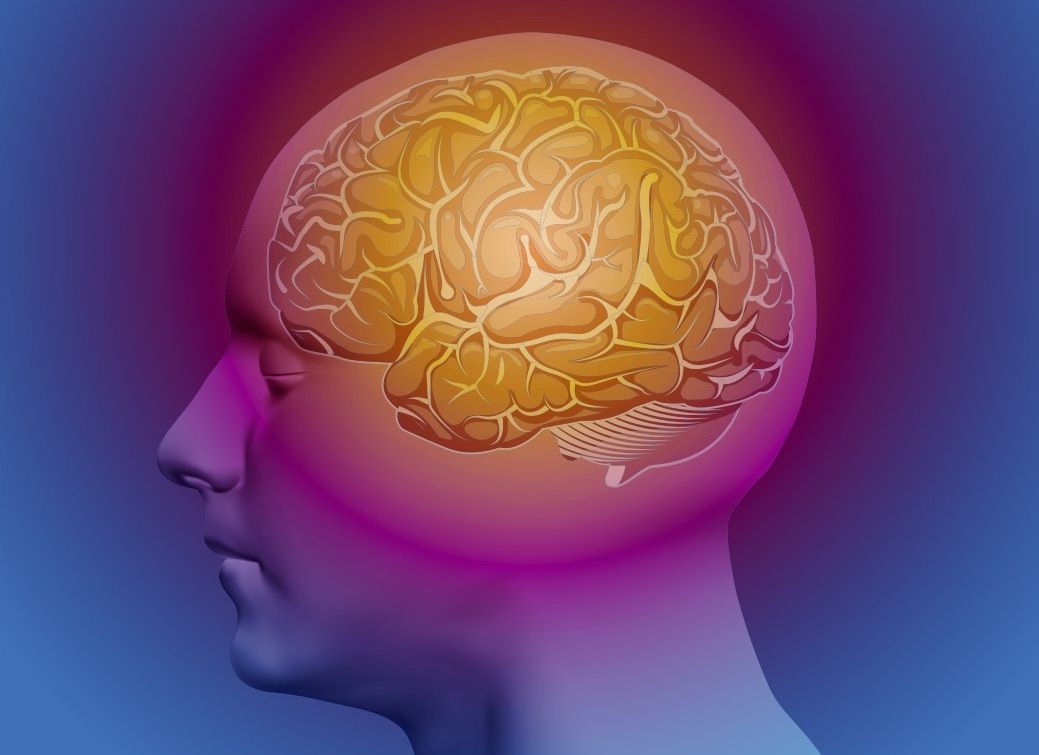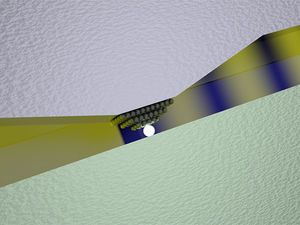To all parents and techers out there: here is a great program for the kids.
A brand new interactive theatre show for 8–11 year olds, We’re Stuck! takes children on a fun adventure with scientists and robots which could change their whole attitude to maths. Inspired by the extraordinary abilities and limitations of our brains, award-winning theatre-maker Sarah Punshon uses the latest educational neuroscience to tackle how utterly rubbish our brains can be. Ever got terribly stuck on a problem? Ever made a stupid mistake and felt like a fool? Then this show is for you.
Young adventurers will go on a special tour deep into the heart of Volcano Industries where they meet cutting edge scientists struggling with some unusual and extremely tricky problems in their top-secret research laboratory. In a promenade performance, the ridiculous heroes and the brave young audience go on a voyage of discovery, pitching themselves against ludicrously difficult tasks, getting horribly stuck, and risking total failure. It’ll be fun.
WARNING: May contain robots.






